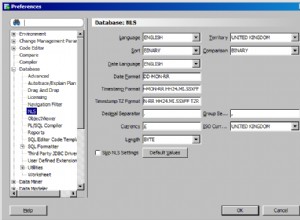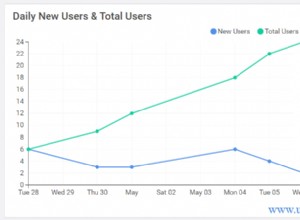Depuis ici :
Windows
- Recherchez le fichier my.ini, qui est stocké dans le dossier d'installation de MySQL.
Par exemple, C:\Program Files\MySQL\MySQL Server 5.1\my.ini
- Ouvrez le "my.ini" avec notre éditeur de texte préféré.
#Path to installation directory. All paths are usually resolved relative to this.
basedir="C:/Program Files/MySQL/MySQL Server 5.1/"
#Path to the database root
datadir="C:/Documents and Settings/All Users/Application Data/MySQL/MySQL Server 5.1/Data/"
Trouvez le “datadir” , c'est là que MySQL stocke les données dans Windows.
Linux
- Recherchez le my.cnf avec la commande find / -name my.cnf.
[email protected]:~$ find / -name my.cnf
find: /home/lost+found: Permission denied
find: /lost+found: Permission denied
/etc/mysql/my.cnf
- Afficher le
my.cnffichier comme ceci :cat /etc/mysql/my.cnf
[email protected]:~$ cat /etc/mysql/my.cnf
#
# The MySQL database server configuration file.
#
# You can copy this to one of:
# - "/etc/mysql/my.cnf" to set global options,
# - "~/.my.cnf" to set user-specific options.
#
[mysqld]
#
# * Basic Settings
#
user = mysql
pid-file = /var/run/mysqld/mysqld.pid
socket = /var/run/mysqld/mysqld.sock
port = 3306
basedir = /usr
datadir = /var/lib/mysql
tmpdir = /tmp
language = /usr/share/mysql/english
skip-external-locking
- Trouvez le
“datadir”, c'est là que MySQL stocke les données dans le système Linux.




